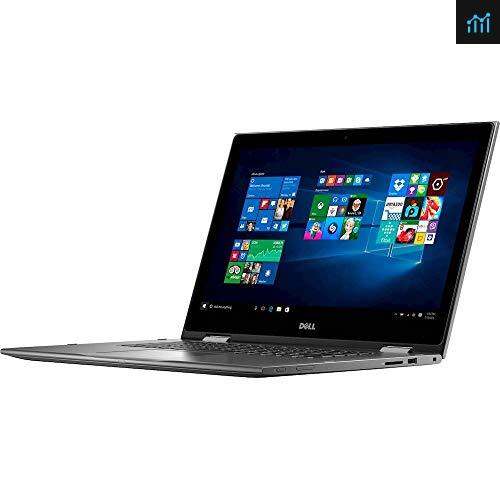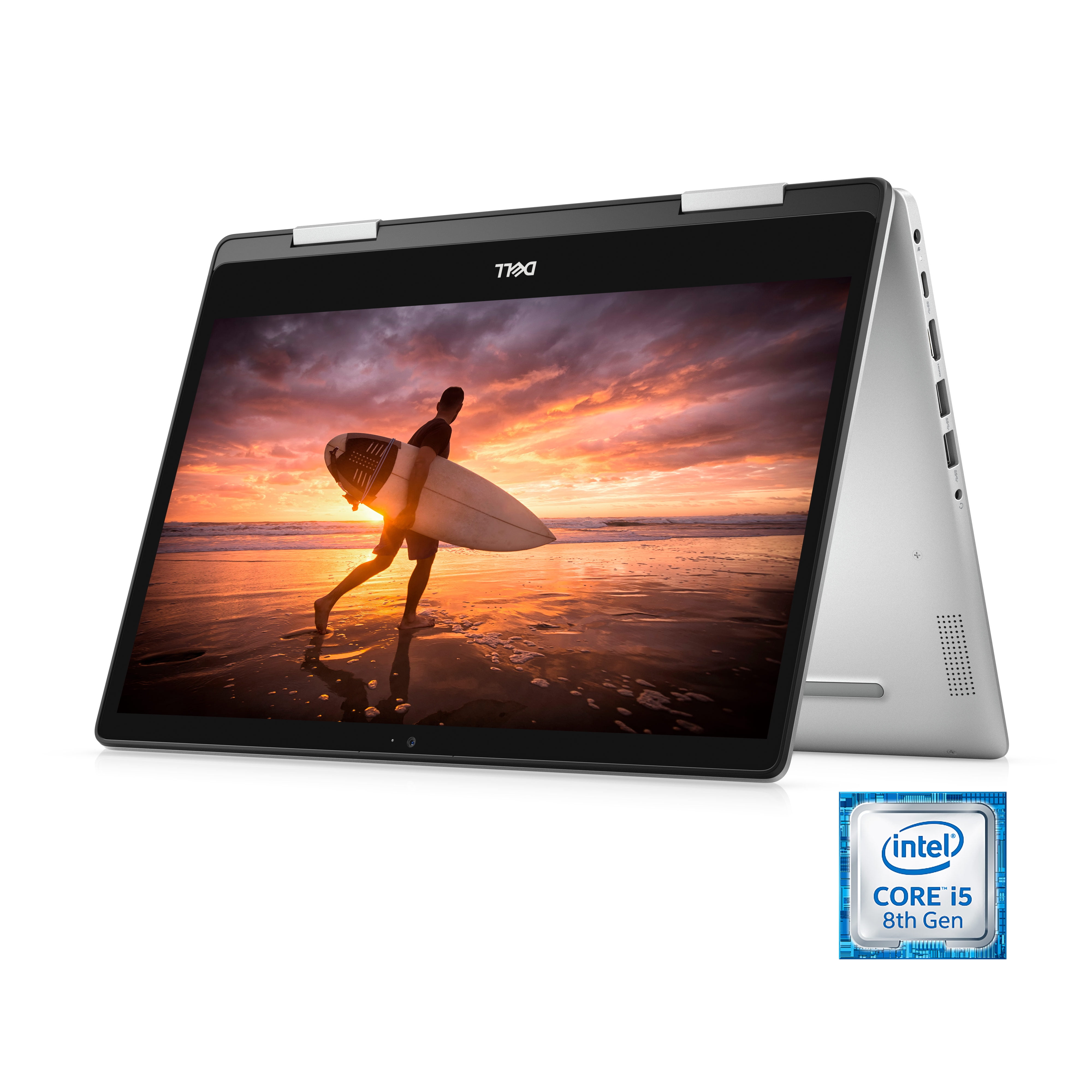
This is in contrast to the resistive touch technology you might see in other implementations of touch screens, in which the upper layer covering the screen flexes. That electrical aspect explains why touch screens don't work if you're wearing gloves. This layer is typically a grid of ultra-fine wires, or a film it needs to be subtle or translucent enough to not interfere with viewability. Most modern laptops make use of what's known as capacitive touch input, in which the over-screen layer detects where you've touched with one or more fingers using the conductivity of your skin. In most cases, a touch-screen-equipped laptop has a conductive digitizing layer, overlaid on the panel element, that allows for tap, pinch, or swipe input. Below, let's run through the basics of laptop touch screens and why you might (or might not) want one.įirst of all, some terminology.

Based on our in-labs testing and deep-dive reviews, we've compiled a group of the best touch-equipped machines that have passed through our hands. How to Set Up Two-Factor AuthenticationĪt PCMag, we test hundreds of computers a year, many with touch screens, many without.How to Record the Screen on Your Windows PC or Mac.How to Convert YouTube Videos to MP3 Files.How to Save Money on Your Cell Phone Bill.



 0 kommentar(er)
0 kommentar(er)
